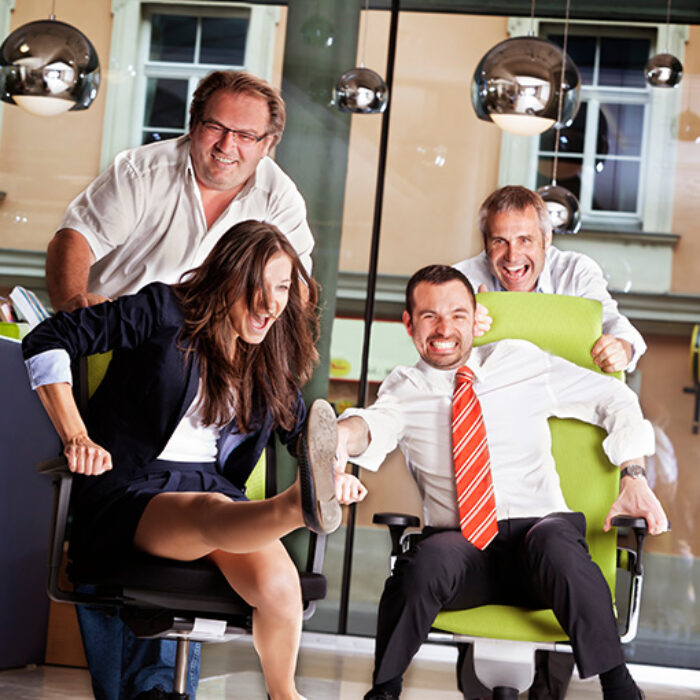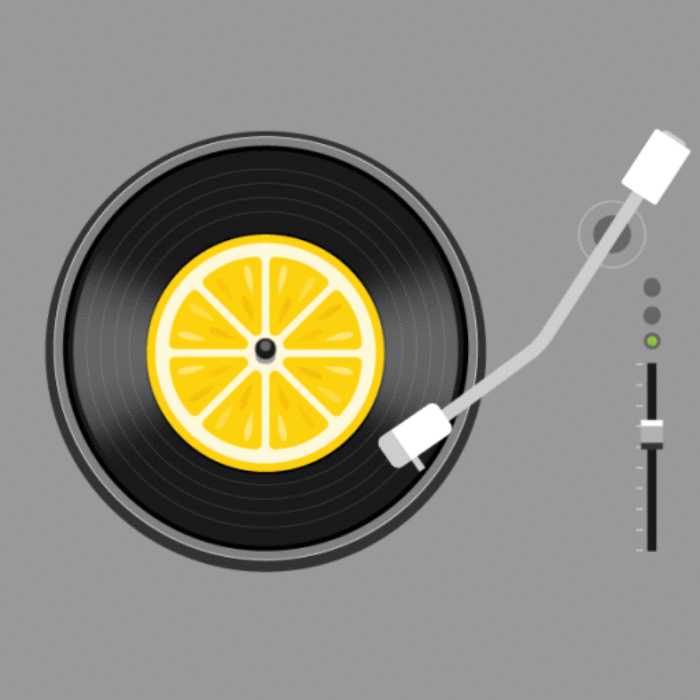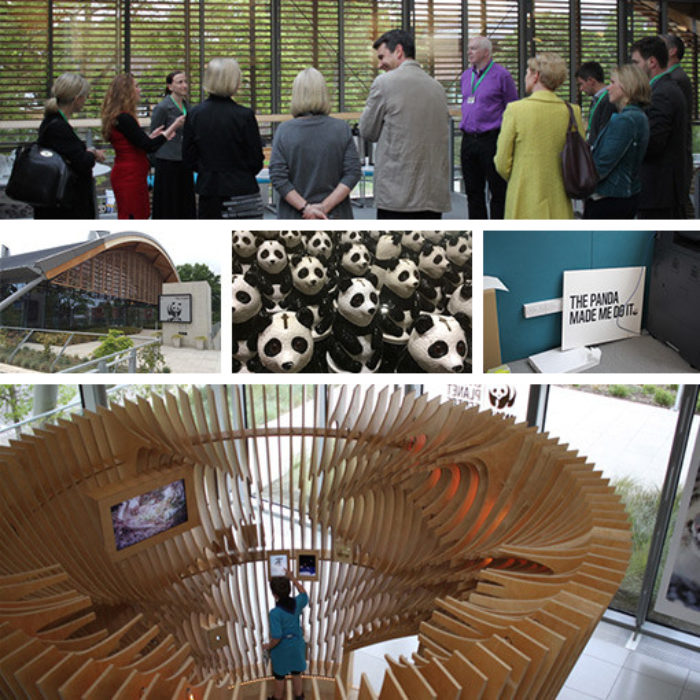What are the five key workplace behaviours?
What are the five key workplace behaviours?
Let’s imagine there’s an evolving model for where we work. There are now four locations: we work from home, we work near home, we work from work, or we work from anywhere.

Let’s also imagine the overall goals of work are activation and innovation: activation of strategy, and innovation to evolve as markets change. All of the organisation’s resources are behind these two goals. What then are the key activities in the workplace? What are the key behaviours that define our working day?
There are five, each of which requires a different kind of space. Creating spaces for these key activities requires a different mindset. One that starts with people, and designs the workplace around their activities. So let’s look at these five activities and how our workplaces currently rate against them:
1. Concentration. This is the world of completing a report, a board paper, a presentation, research or any number of other activities practised in the workplace. The key space requirement is relaxing surroundings that are ‘personal to me’. Time needs to be set aside for uninterrupted flow, and you need access to food and drink. Those needs are the same whether you are working from home, near home or from work. And yet, the provision of space to concentrate in the office is rare – as is space near home. Most workplaces currently rate around 2/10 for concentration.
2. Conversation. This is the base unit of the workplace. There are two spaces for conversation – face-to-face and remote. Each requires a different kind of space. Face-to-face conversations require relaxing surroundings, the ability to sit face-on or at an angle to others, and access to food and drink. For face-to-face conversations, noise is a factor, but a cafeteria setting works. For remote conversations a different space is required. A typical Zoom call needs a quiet space to listen and talk, to avoid distractions and avoid being a distraction. This requires an appropriate space at home, near home or at work. Most workplaces currently rate around 2/10 for the provision of these spaces.
3. Collaboration. The third workplace activity is collaboration. This is the world of discussion, debate and innovation. It requires space to sit, stand and move around. To be human, it needs to appeal to all the senses. It needs to be able to freely access and present relevant information and to imagine, visualise and explore ideas. This is the world of the meeting room. From experience, there are never enough meeting rooms and the vast majority are impersonal. No thought is given to surroundings that help us relax and that free the imagination. Gut feel is that most workplaces rate at best 3/10 for collaborative spaces.
4. Exploration. The fourth activity is exploration. This is the world of meeting colleagues, customers and peers, of tuning into communities, cities and best practice from others. It’s the marketplace of new thinking and new ideas, a land of open frontiers and new connections. It’s a space for understanding new trends, practices and networks. And it’s largely ignored by most organisations. Weird but true. Workplace rating 1/10.
5. Reflection. The final key workplace activity is reflection. The brain has a default mode that uses reflection to weave together the various strands of our thinking. We need the space and time to reflect, in natural and/or relaxing surroundings. This has largely designed-out of the workplace, so the rating here again is 1/10.
But don’t take my ratings as gospel. Rate your own organisation. If it’s a high score feel free to share. We’re trying to capture best practice. And if it’s not a high rating, what’s the plan to turn things around? Please contact us to explore.
An invitation…
And here’s another invitation. On March 25th, in partnership with Landmark Space, we’re launching our new report: The Human Organisation. You’re welcome to join the session, where we’ll explore more about the five workplace behaviours, and reveal the nine characteristics of the human organisation.
In the words of my co-host, Landmark’s CEO Ed Cowell: “This report offers a framework to re-imagine serviced offices, as the flexible office space evolves post-pandemic.”
To join us, just drop a note to Elaine Smith at elaine.smith@corporateculture.co.uk



